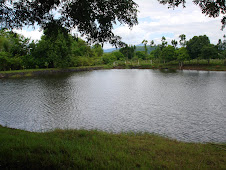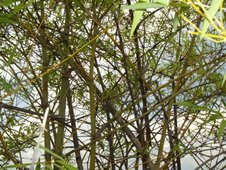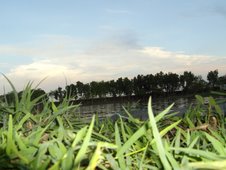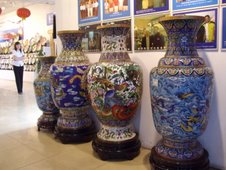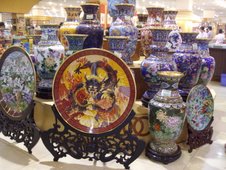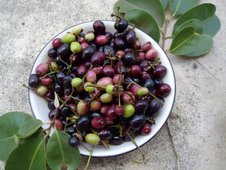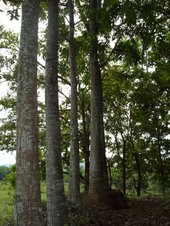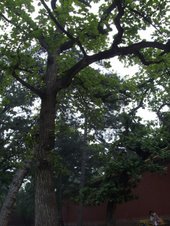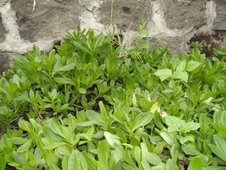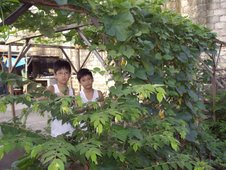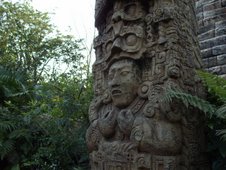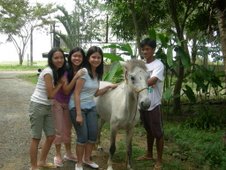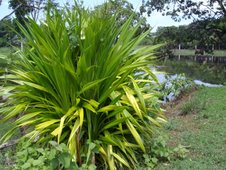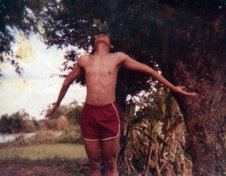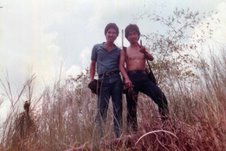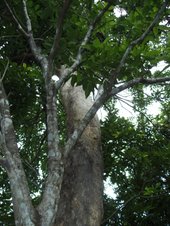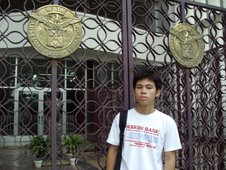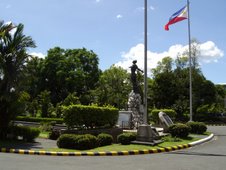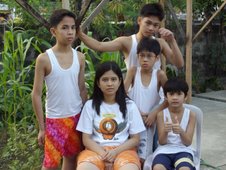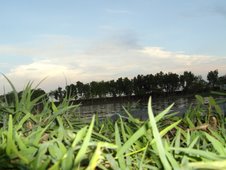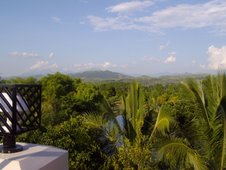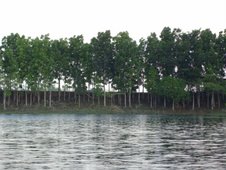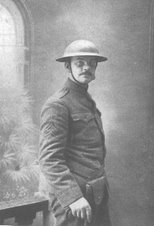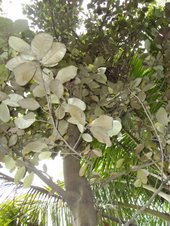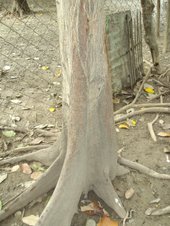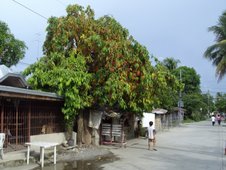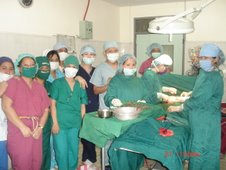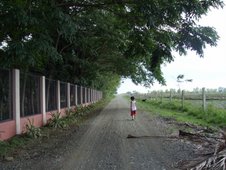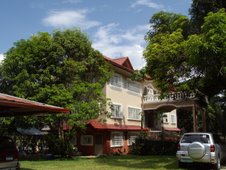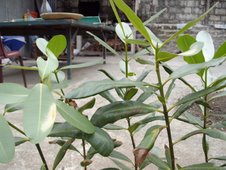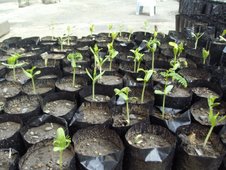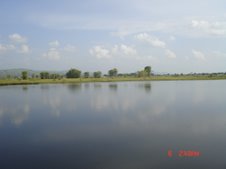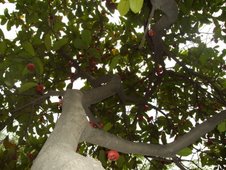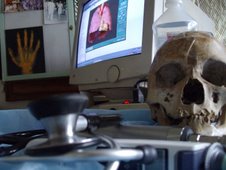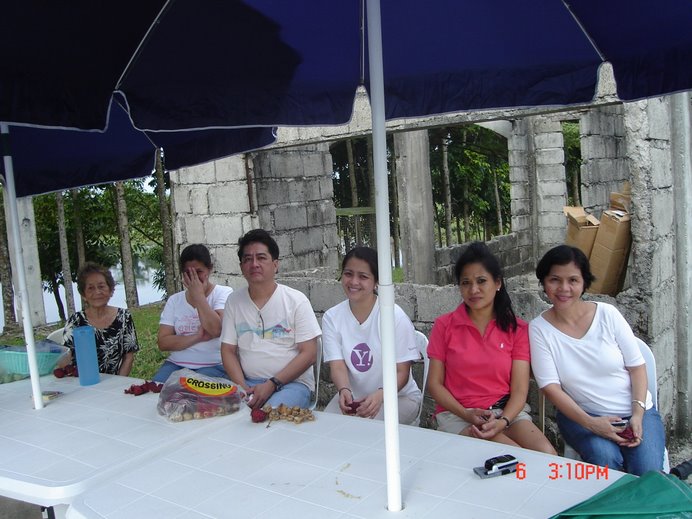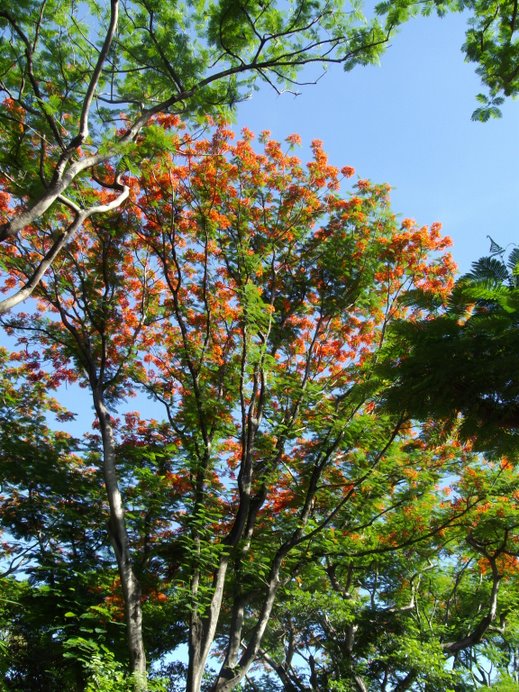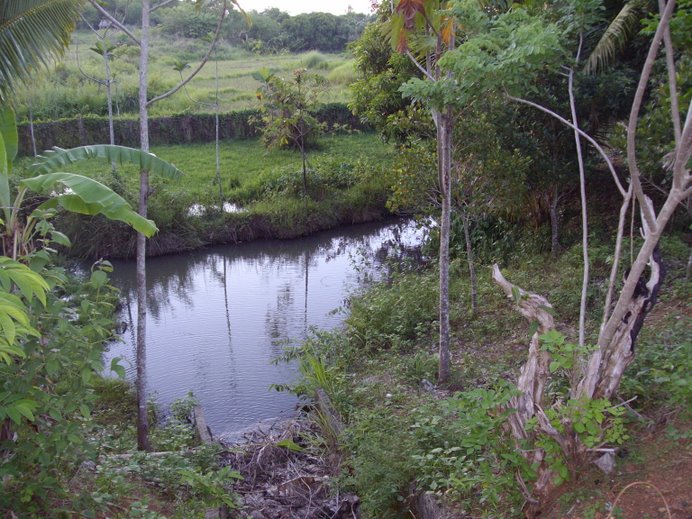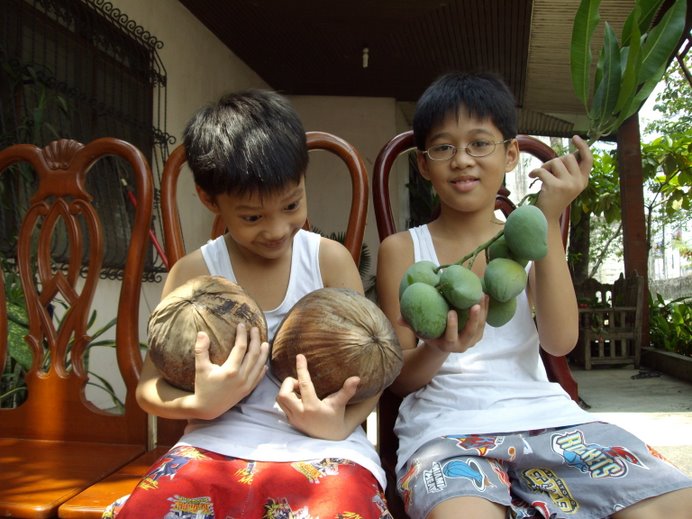My heart sank when I saw the freshly sawed off tree stump. For so many years I watched this kamagong tree sprout new leaves, blossom and bear reddish fruits, in harmony with nature's unrelenting rhythms. It had become a landmark that I always anticipated seeing during my daily bus trips to my clinic in Aliaga, Nueva Ecija. Tall, massive, and imposing, this giant was probably a century old before chainsaw teeth sank into its last annual ring. Situated along the national highway in Barangay Bitas, Cabanatuan City, it has been there for as long as I can remember, a proud and sturdy monument to life that had its humble beginnings in the seeds of the distinctly sweet and velvety mabolo fruit. Aptly named "iron wood", the word "kamagong" evokes images of strength, durability, and permanence. In my amateurish forays into Dendrology, the numerous old folks I talked to recalled days when this tree used to be very common and was wantonly cut down because of the value of the ebony core that has been claimed by many as capable of bending six-inch nails and snapping chainsaws. The finely grained ebony core is used in making fine furniture and martial arts sticks. Kamagong is mabolo, an evergreen indigenous to the Philippines. It is a close relative of the persimmon, but I find the crimson and somewhat furry mabolo better-tasting despite its cheesy smell. This of course is subject to debate because I know some people who loathe the weird cheesy smell. I used to believe that kamagong was different from mabolo until I was educated on this matter by Mr Ramon Bandung of the UP Herbarium. I related this new knowledge to a friend because of our ongoing debate which had taken on taxonomic proportions! He probably found the legend aspect of the story charming, and refused to believe, insisting that kamagong is an entirely different species. Fortunately I was shown Dendrology and Taxonomy books by the kind herbalist, removing any doubts that kamagong is, indeed, mabolo, or Diospyros philippinensis or Diospyros blancoi for taxonomic hairsplitters.
© 2008 raulespinozaramos, md
